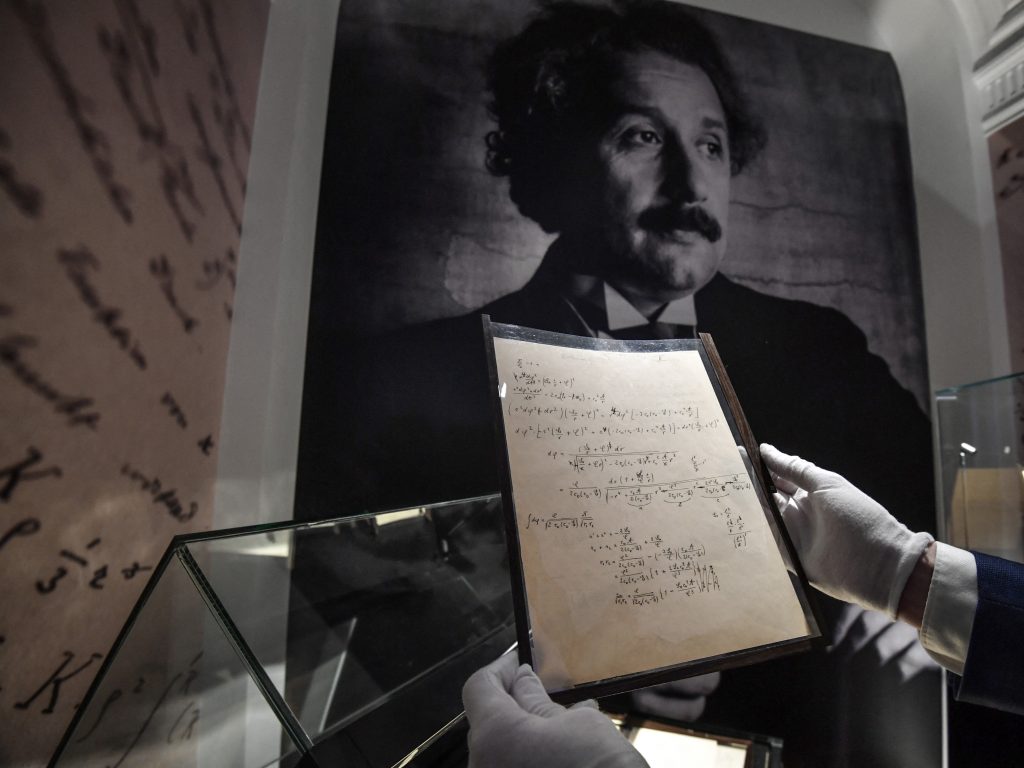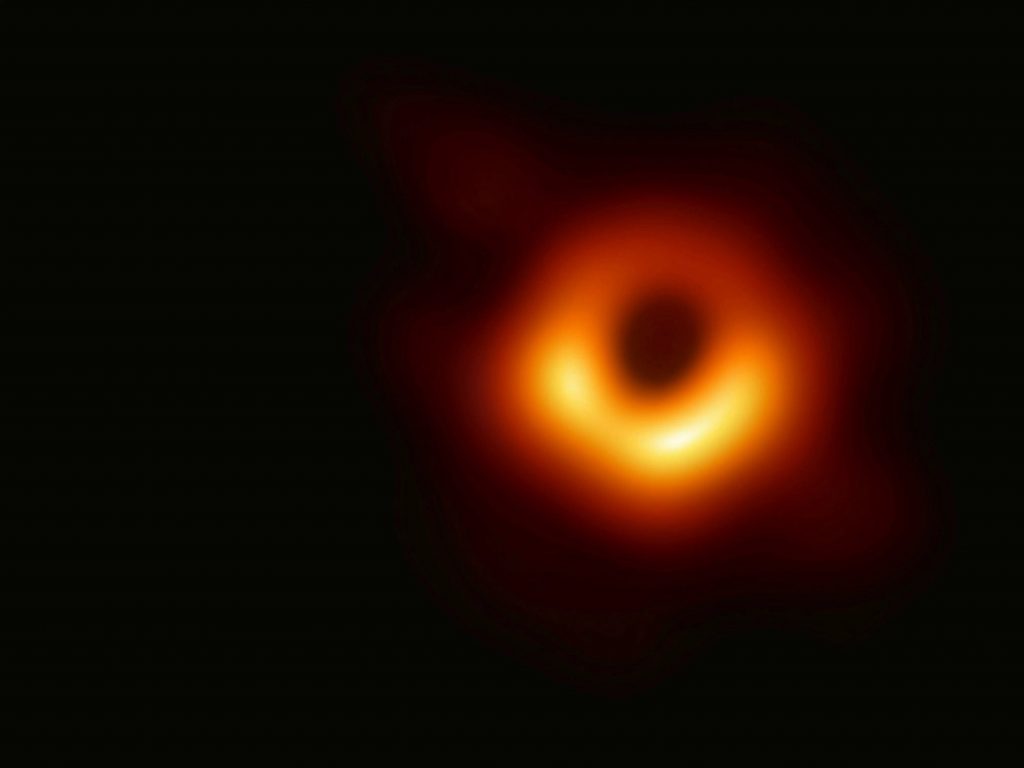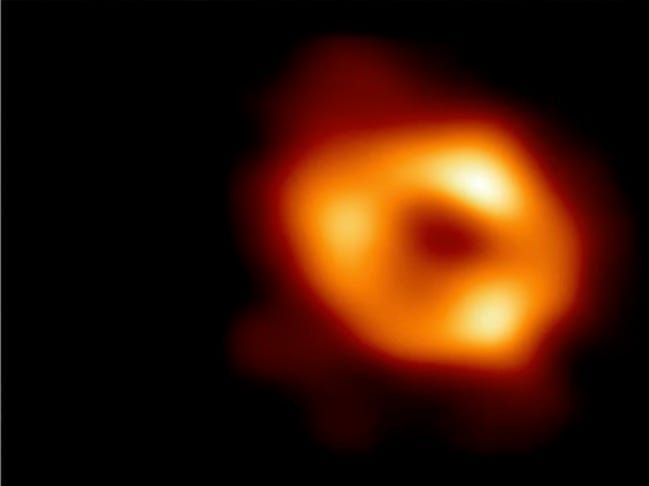- An international team unveiled the first-ever image of the Milky Way's black hole on Thursday.
- Researchers say the image helps confirm predictions from Einstein's theory of general relativity.
- The same instrument, called the Event Horizon Telescope, captured the first-ever image of a black hole in 2019.
A global research team with the Event Horizon Telescope has captured the light around our own supermassive black hole, Sagittarius A*, revealing its first-ever image. The new postcard from the center of our Milky Way galaxy helps confirm predictions from Einstein's theory of general relativity.
"We were stunned by how well the ring size agreed with predictions from Einstein's theory of general relativity," Geoffrey Bower, an EHT collaborator and astronomer at Academia Sinica, in Taipei, said in a statement. "These unprecedented observations have greatly improved our understanding of what happens at the very center of our galaxy and offer new insights on how these giant black holes interact with their surroundings."

A century ago, Albert Einstein predicted the existence of black holes — points in space where gravity is so strong that neither particles nor light can escape from them. Over the last hundred years, scientists have repeatedly put Einstein's theory of general relativity to the test, trying to find situations or circumstances in which it comes up short. They have not yet found one.
The event horizon of a black hole allows researchers to witness gravity at its most extreme, thus seeing if Einstein's theory of general relativity holds up. Einstein's theories about how matter behaves around black holes have consistently passed cosmic tests, and Thursday's headshots of Sagittarius A* are no exception: Einstein even predicted the symmetrical shape that scientists photographed.
"Taking a picture of the black hole at the center of our galaxy is an incredible achievement. It shows that Einstein was right, once again," Duncan Brown, a physics professor at Syracuse University, who was not involved in the cosmic photo op, said in a press release. "The image shows hot gas swirling around the black hole at the heart of our galaxy. The gas is moving almost as fast as the speed of light," Brown added.

The new image isn't the first time researchers were able to take an image of a supermassive black hole. In 2019, the Event Horizon Telescope collaboration released the first image of a black hole, called M87*, at the center of the more distant Messier 87 galaxy. The images of the two black holes look similar, even though the Milky Way's black hole is 1,000 times smaller.
As more black holes get their headshots taken, researchers can continue probing Einstein's theories for cracks.
